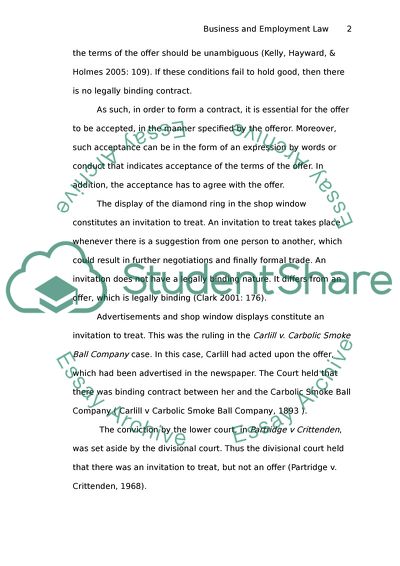Cite this document
(Legal Environment of Business and Employment Case Study, n.d.)
Legal Environment of Business and Employment Case Study. https://studentshare.org/law/1729308-the-legal-environment-of-business-and-employment
Legal Environment of Business and Employment Case Study. https://studentshare.org/law/1729308-the-legal-environment-of-business-and-employment
(Legal Environment of Business and Employment Case Study)
Legal Environment of Business and Employment Case Study. https://studentshare.org/law/1729308-the-legal-environment-of-business-and-employment.
Legal Environment of Business and Employment Case Study. https://studentshare.org/law/1729308-the-legal-environment-of-business-and-employment.
“Legal Environment of Business and Employment Case Study”. https://studentshare.org/law/1729308-the-legal-environment-of-business-and-employment.


